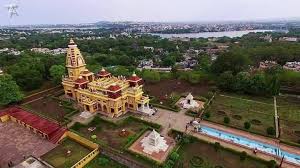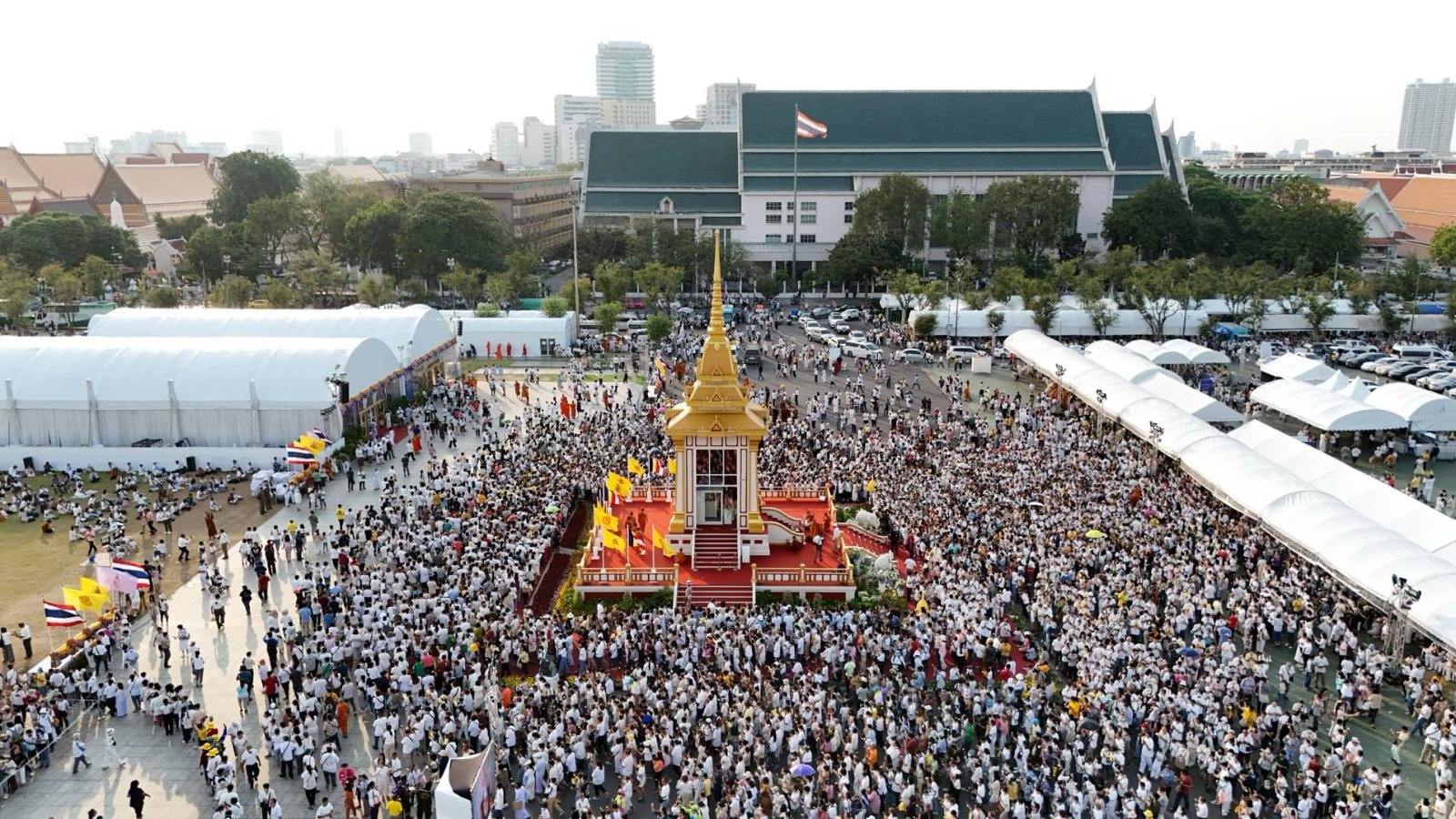In the quiet fields of Chhattisgarh, an understated digital revolution is taking root. The state government’s Tuhar Token App has emerged as a rare exemplar of how technology, when thoughtfully deployed, can transform age old systems with silent efficiency. What was once a laborious ritual marked by long queues, repeated visits to procurement centers, and bureaucratic fatigue has now been refashioned into a seamless, transparent, and decidedly humane process of agricultural exchange.
Under the stewardship of Chief Minister Vishnu Deo Sai, this initiative reflects a governance model attuned to the rhythms of the rural economy. Farmers like Sohan Rajwade of Rampur village exemplify this transformation. With a few deft taps on a mobile screen, Rajwade secured a digital token for the sale of his 36 quintals of paddy, no trudging to the mandis, no anxious waiting under the unforgiving sun. At the appointed time, his consignment was weighed, tested, and processed with a smoothness that would have been unthinkable only a few seasons ago.
Crucially, the digitization drive dovetails with the state’s promise of remunerative pricing ₹31 per kilogram as the support price, a policy measure that underscores the government’s commitment to ensuring both dignity and economic justice for its cultivators. When administrative efficiency meets fair valuation, the rural producer is no longer at the mercy of the system but becomes a stakeholder within it.
Beyond convenience and transparency, the Tuhar Token App embodies something deeper, a quiet social modernity flowering in the hinterland. It marks a shift from dependency to self assurance, from procedural opacity to empowerment through technology. Each digital token is, in essence, a symbol of faith, faith that governance can be both accessible and accountable.
For too long, the rural citizen has been cast as a passive recipient of welfare; yet here, the farmer stands as a participant in a digital public sphere that values time, trust, and agency. That 169 of the 559 farmers who received tokens on November 26 did so from the comfort of their homes is not merely a statistic but a signpost of a changing agrarian landscape, one where efficiency coexists with equity.
In Chhattisgarh’s fields, the click of a phone now resonates alongside the rustling of paddy stalks. The future of Indian agriculture may well depend on such silent symphonies of progress, where simplicity of design meets the complexity of human need, and where even the most distant farmer can, at last, harvest the fruits of the digital age.




